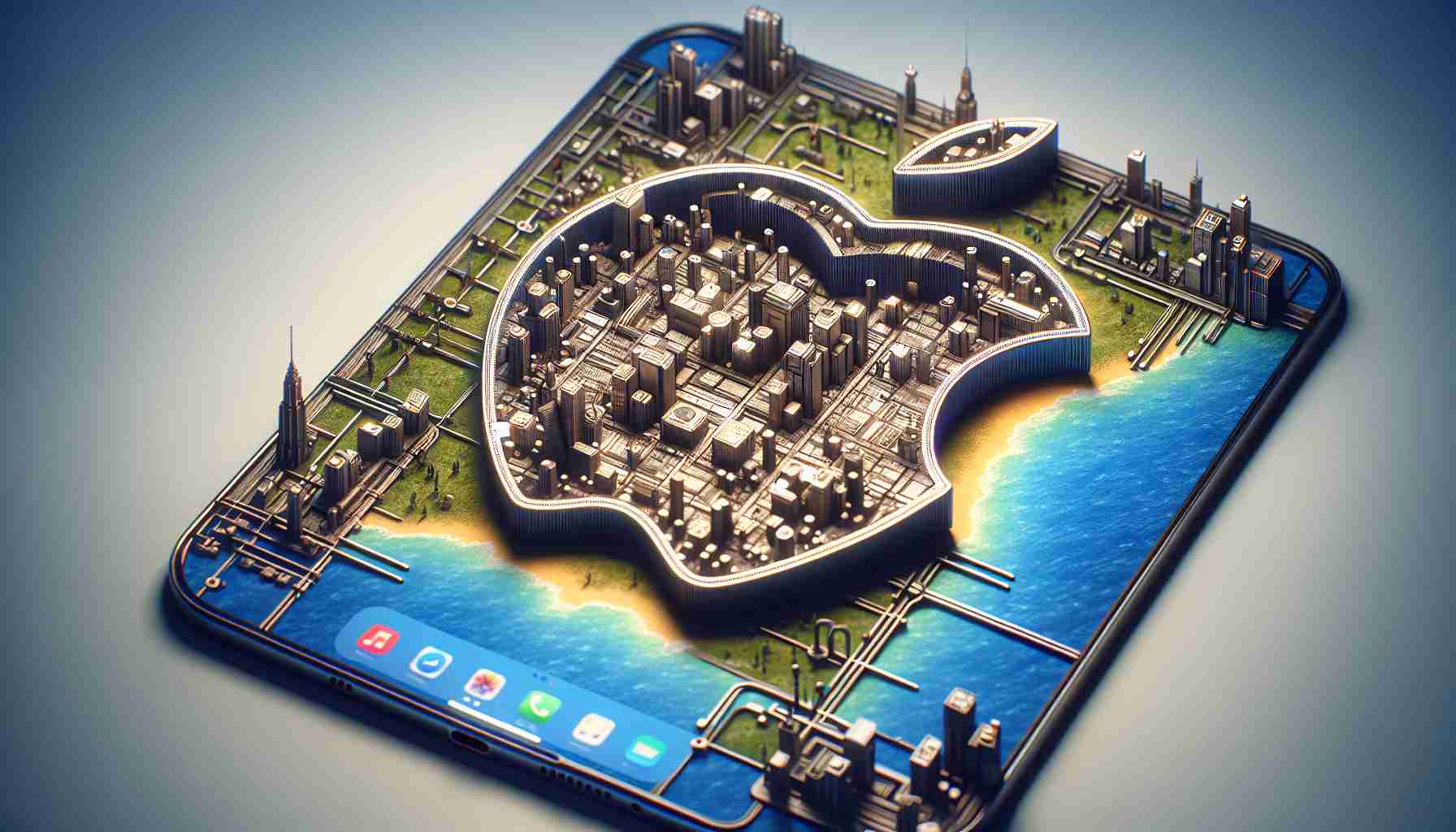Have you ever wondered when the smartphone—an indispensable part of our daily lives—first came into existence? The answer might surprise you. While many think of smartphones as a relatively recent innovation linked to the unveiling of the iPhone in 2007, the first device to earn this designation emerged much earlier and was known as the IBM Simon Personal Communicator.
In 1992, IBM unveiled this innovative product at the COMDEX computer trade show in Las Vegas. The device combined the functionality of a cell phone with the advanced features of a PDA (Personal Digital Assistant). Released commercially in 1994, the IBM Simon offered capabilities that were groundbreaking for the time. It featured a touchscreen interface, allowing users to dial numbers by touching the screen. Additionally, it boasted applications such as a calendar, address book, and calculator, as well as the ability to send and receive faxes and emails. While these functions may seem basic by today’s standards, they represented a substantial leap forward in mobile technology.
Despite its forward-thinking design, the IBM Simon’s impact was limited due to its bulky size and short battery life. However, it laid the groundwork for future innovations, demonstrating the potential for phones to be more than just communication devices.
Though its time in the spotlight was brief, the IBM Simon Personal Communicator serves as a reminder of the rapid pace of technological advancement and how the seeds of modern smartphones were sown over three decades ago. Understanding the origins of these devices helps illuminate just how far we’ve come in the world of mobile technology.
The Surprising Evolution of Smartphones: Beyond the IBM Simon
While the IBM Simon Personal Communicator is often credited as the first smartphone, significant advancements since its debut have profoundly shaped societies worldwide. Besides the practical functionalities it introduced, this device marked the beginning of a tech evolution that continues to influence how we communicate, work, and live.
How did the smartphone evolve over the years? Beyond the Simon, devices became slimmer, faster, and more versatile. By the late 1990s, companies like Nokia and later Apple and Samsung changed the landscape, creating phones that revolutionized media consumption, social interaction, and navigation.
What are the modern advantages of smartphones? Modern smartphones offer unparalleled connectivity, letting people stay in touch globally through voice calls, video chat, and social media. Moreover, they democratize information access and provide countless utilities—from banking and shopping to health tracking and education. Smartphones have, in many ways, become an extension of ourselves, enabling convenience and efficiency.
But what about the disadvantages? Concerns over privacy, addiction, and environmental impact are rising. With the world at our fingertips, the constant connectivity can blur lines between work and personal life, causing stress and attention issues.
Controversy also swirls around data security and big tech’s influence on privacy. As smartphones evolve, so do debates over the ethical implications of data collection and AI integrations.
For further insights into the ever-evolving world of smartphones, explore websites like Gartner and Statista to delve into trends and data surrounding tech advancements. As we continue to innovate, the balance between benefits and challenges presents ongoing questions about the future of mobile technology.























